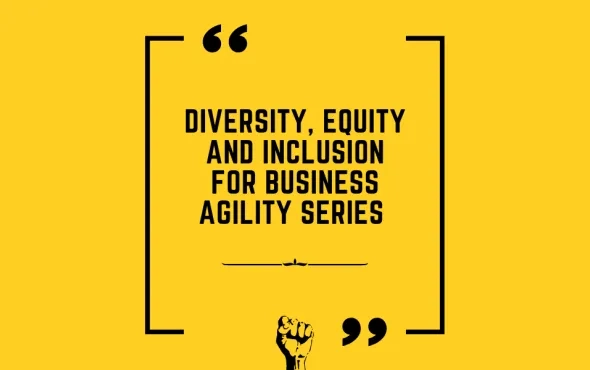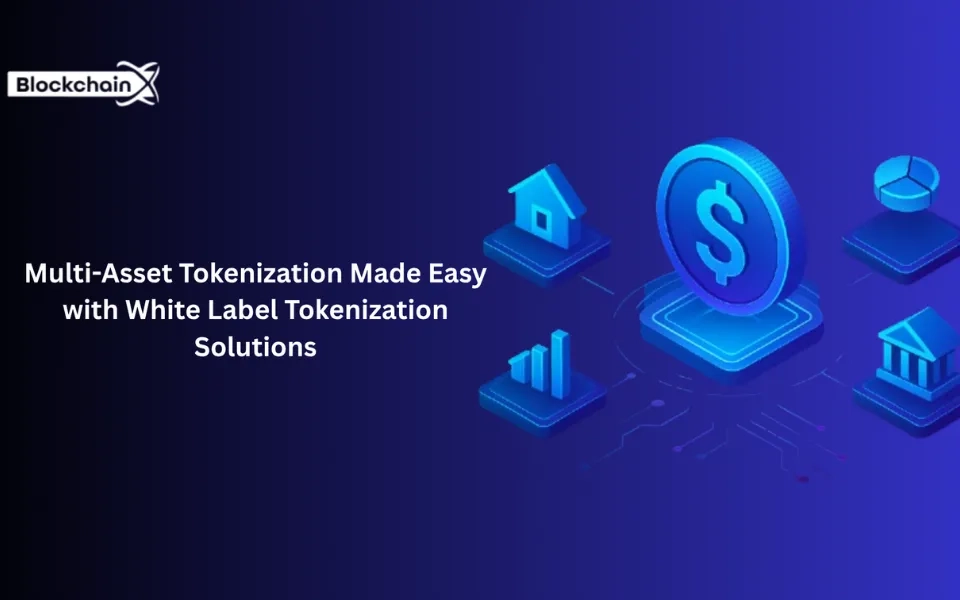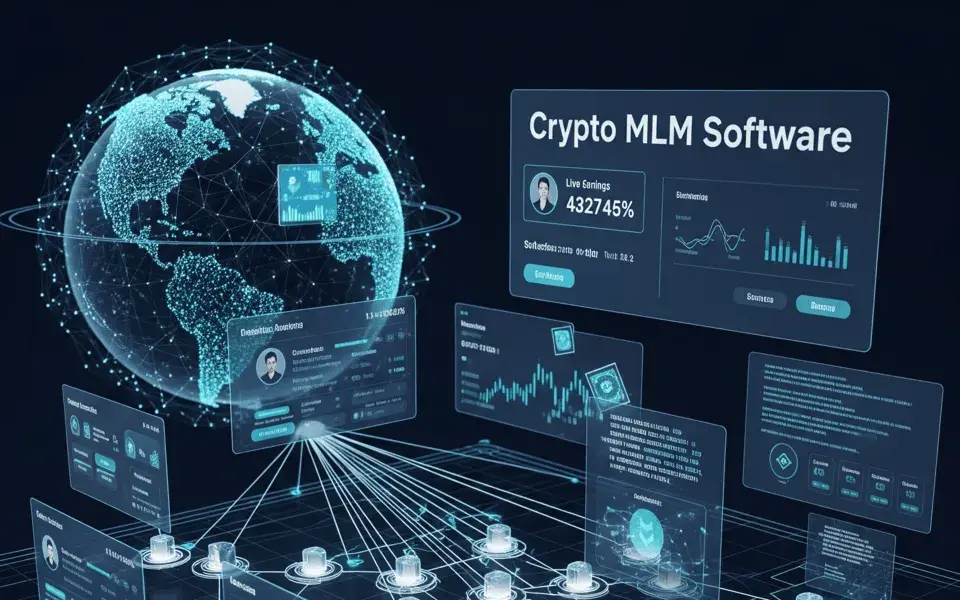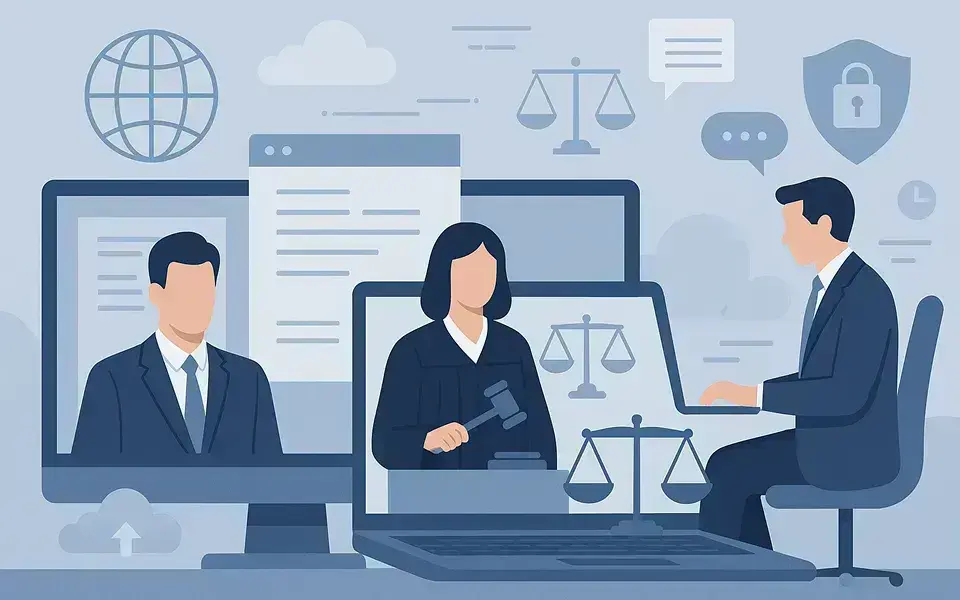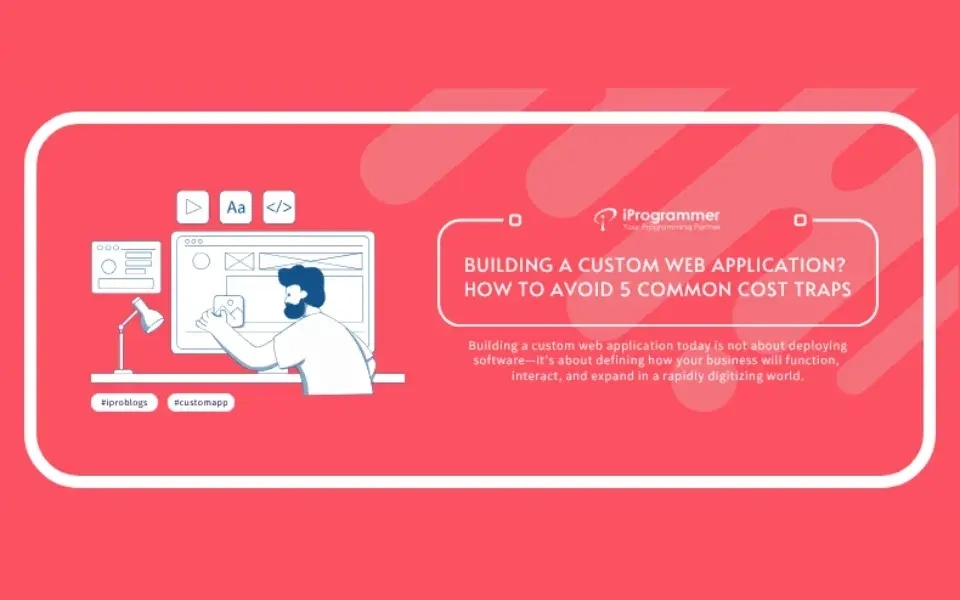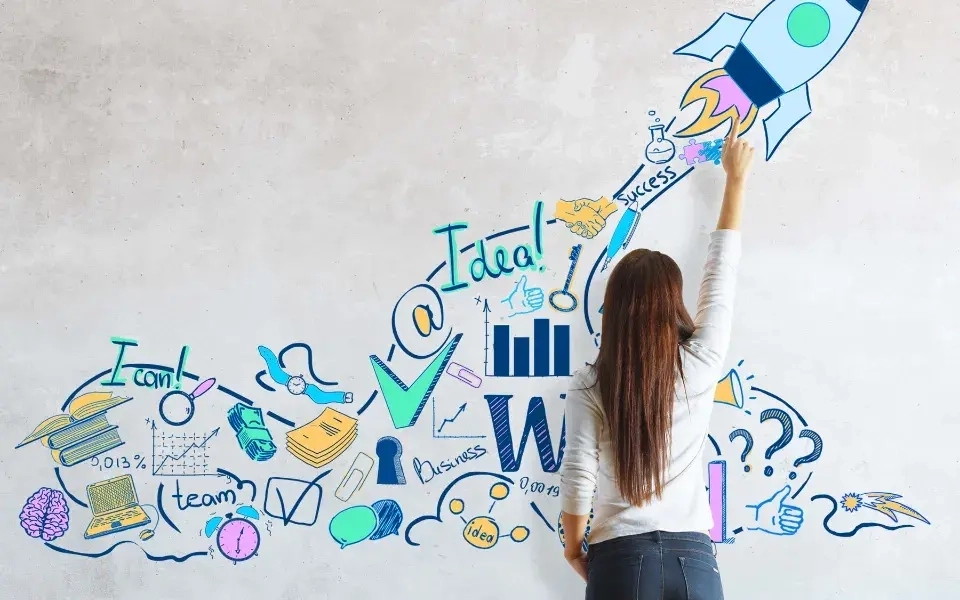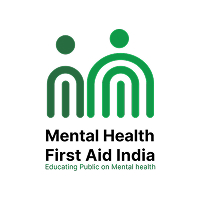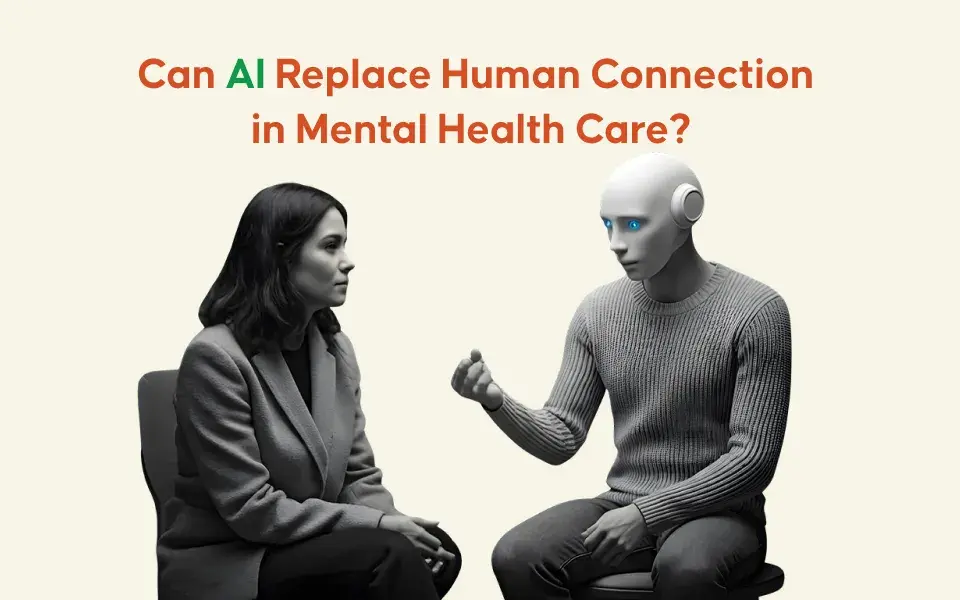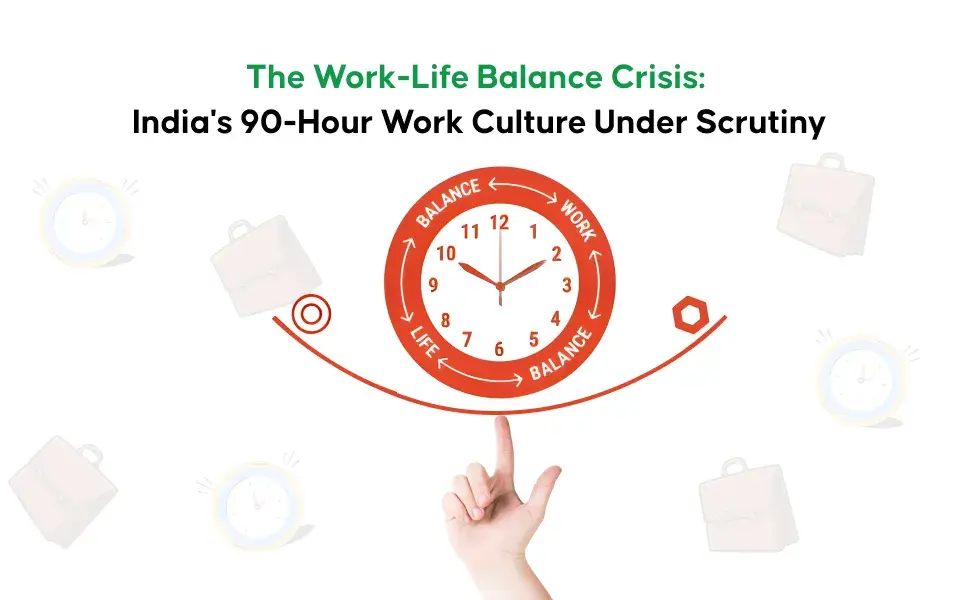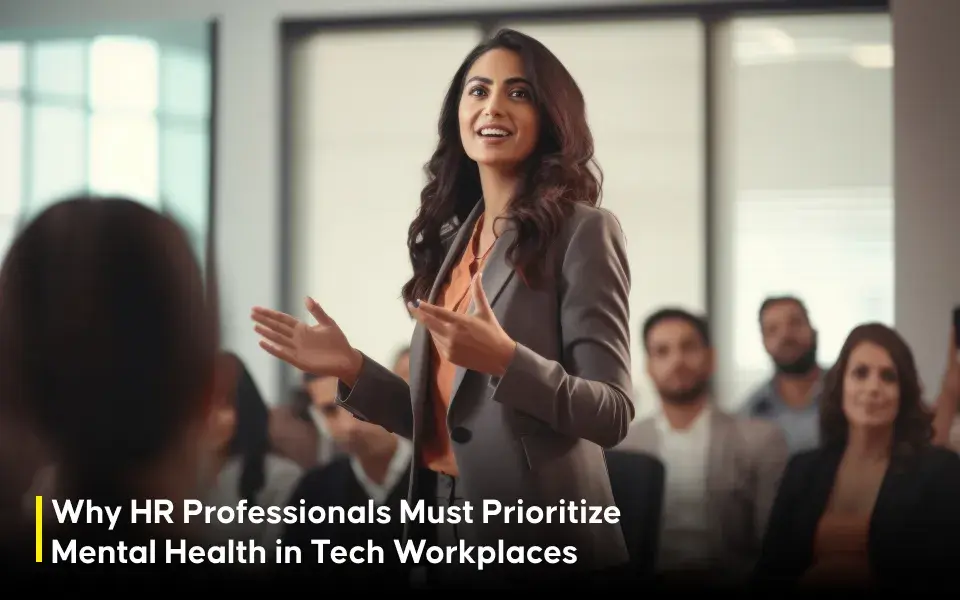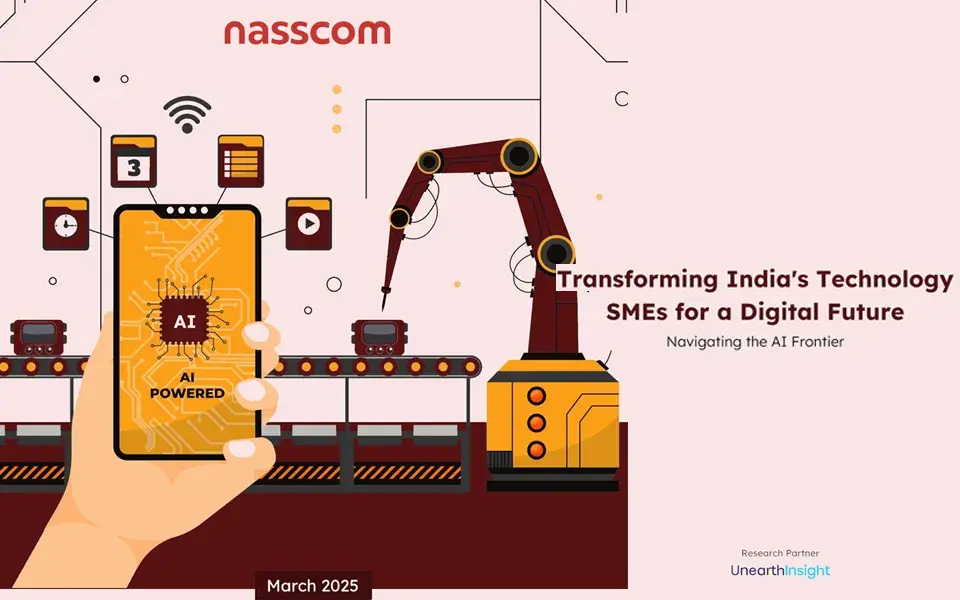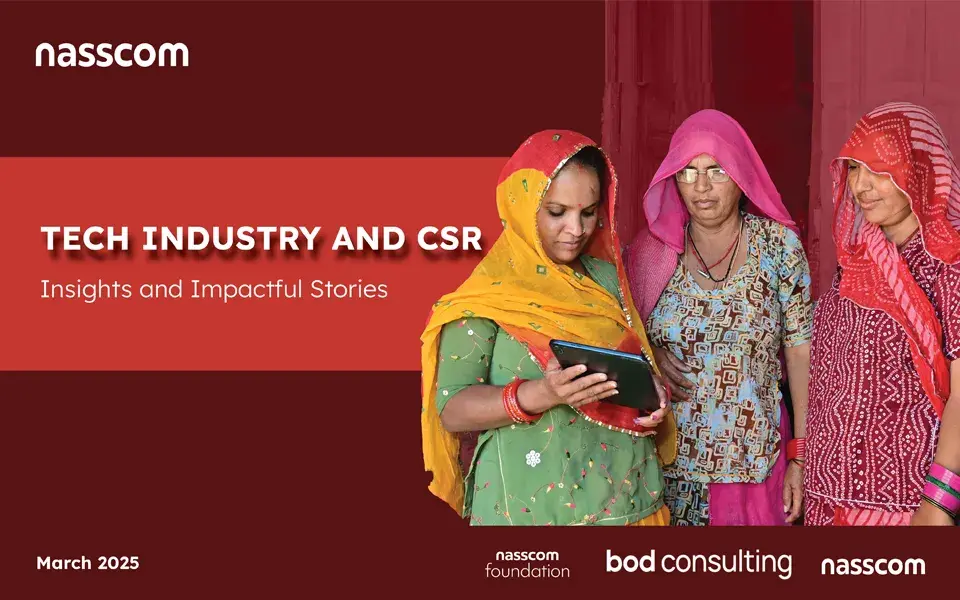An organization must address and adopt diversity, equity and inclusion (DEI) to be holistically agile.
The first blog in our series discussed how DEI is a critical component of an agile transformation journey. In this second part, we outline considerations that are key to incorporating DEI ‘ways of working’ in an organization. We also provide a general guideline on how to assess and govern DEI as part of an ‘agility’ journey.
Agility journeys are centered on incorporating DEI with the organization’s purpose, values, goals, leadership, people and talent strategy, team rituals and practices, demographics, operating markets, sectors, domains, etc. In effect, just as every organization’s agility journey is distinctive, so is the work needed to make DEI an integral part of that organization.
Irrespective of whether we are talking about a start-up or large enterprise, the change generally would fall under these broad areas:
Aligning organizational purpose and values to your DEI goals
Operationalizing DEI for agility
Nurturing inclusion and belonging
Diversity, equity and inclusion for transformational change
Aligning organizational purpose and values to your DEI goals
Shared values and a purpose are the foundation of an organization’s culture. And, organizational culture defines how we work and what we value as a collective, which helps unite and align employees to a common purpose. When DEI is interwoven into an organization’s values and purpose, it helps build an inclusive culture that encourages everyone to bring their authentic selves to work. Such an approach encourages employees to treat each other with empathy, respect and dignity.
For example, Thoughtworks' purpose (statement of intent) is – to create an extraordinary impact on the world through our culture and technology excellence
Let's have a look at how the company's values influence day-to-day interactions and culture at Thoughtworks and how the power of words is used to bring Thoughtworkers together, to fulfill the common purpose.
Values and purpose in action: words matter
Thoughtworks’ purpose is worded in an inclusive manner, where the ownership lies with its employees.
To arrive at our purpose and shared values we socialized and drew input from thousands of Thoughtworkers using a series of online surveys, workshops and group activities. For instance, one of the activities involved Thoughtworkers sharing stories of what gave them pride to be a part of the company.
With the help of experts including neuroscientists, all the responses across channels were distilled and Thoughtworks arrived at a clarified and authentic set of words that described who the company was and continues to be.
This exercise helped us realize that the company’s purpose was clearly aligned with the values that employee’s cared deeply about.
Translating organizational purpose across the company
Leadership teams are responsible for how shared values and organizational purpose cascades across the company and how they are incorporated into business and people practices.
They leverage a multi-pronged communications approach where storytelling is key. Their channels of choice include employer branding, internal communications, onboarding experiences, public relations and client communications. This integrated approach helps the larger community share, inspire, guide and learn the shared values and purpose.
One important guideline here is to ensure that the ‘stories’ shared consider the multiple perspectives and contexts in an organization — local and global spread — and the needs of underrepresented groups to ensure they resonate with everyone in the company.
Operationalizing DEI for agility
Organizations are living, breathing and evolving entities that require interventions for DEI to flourish. A significant step in this direction is setting up a DEI council that will help operationalize DEI across people and business functions. The DEI council is responsible for both an integration strategy and a governance framework for all DEI efforts in the organization.
From experience, DEI councils are most effective when led by the Executive Leadership and when the team has representatives from all key functions such as business, talent acquisition, HR, marketing, or legal and engineering as well as Employee Resource Group (ERG) leads. It also matters that these representatives are seen as inclusive leaders, have social capital and can influence change. They should be champions of DEI thinking and supportive of the underrepresented and marginalized communities within the organization.
Integrating DEI
Business agility is centered on continuous improvement towards an organization’s transformation goals. When kicking off DEI and agile transformations, assessments of an organization’s current state or an audit to provide a data- and insights-driven understanding of the organization’s current state helps draw the road map for the future state. We recommend a research-based intervention to recognize challenges across the markets, domains and sectors in which the organization operates.
To fuel transformation journeys, it’s important for leadership beliefs, behaviors and attitudes to reflect the organization’s purpose and values in actions and decisions.
Additionally, demographics across operating markets, domains and sectors should be considered while building DEI strategies. This will provide clear visibility of all the cultural shifts that should be prioritized alongside insights into which practices, policies and programs to invest.
In effect, data becomes an organization’s most prominent storyteller and should cover areas including, but not limited to:
-
People and leadership team demographics
-
Hiring and attrition metrics
-
Policies, benefits and accessibility
-
Diverse hiring programs, employer brand messaging and recruitment practices
-
Inclusion and belonging efforts
-
Advancement and pay parity
Nuturing inclusion and belonging
Any successful organizational transformation requires its employee’s sincere participation. Such involvement is indicative of diverse pipelines of talent powered by active employee communities – signs of a sustainably successful business. Building such communities helps nurture business, delivery and cultural practices that make people feel like they belong.
Organizations’ ERGs help drive much-needed positive cultural shifts, engagement and authentic allyship. These groups provide underrepresented and marginalized groups with a voice, and the environment and resources to excel in the workplaces – key signals of DEI adoption in the organization.
Here are a few recommended best practices to set up and run thriving ERGs:
-
ERGs are sponsored and supported by the DEI council and leadership. They have an executive sponsor from the leadership team
-
ERGs benefit from an investment of time, budget, plan and representation
-
ERGs are given the space to engage with employees across the business. They work closely with DEI and the HR functions to enable holistic outcomes
Successful ERGs are able to help leadership teams identify gaps in support mechanisms, benefits and policies. They are able to offer advice and guidance for initiatives that focus on under-represented groups. For example, in India, Thoughtworks’ LGBTQIA+ ERG is called Mitra Collective and is an essential voice when developing and executing the company’s hiring, inclusion and retention strategy. The Collective helps focus on an outcome-based approach for LGBTQIA+ inclusion. In fact, Thoughtworks’ approach has been published in a case-study titled, LGBTQIA+ Inclusion at Thoughtworks India by Harvard Business Publishing in partnership with the Indian Institute of Management, Bangalore.
Key tools when trying to build an inclusive organization are company-wide, periodic employee engagement and DEI surveys which provide safe spaces for employees to share their experiences and feedback on DEI efforts, and inform the organizations’ DEI priorities. These surveys have the potential to reveal how different groups experience various aspects of life in the organization and drive concrete action plans towards a more equitable experience for employees.
DEI influences holistic change and culture shifts
Here is a quick overview of what companies can do, in their pursuit of building holistically agile organizations by focusing on DEI as a strategic business priority:
-
A regular audit of your policies and benefits can ensure inclusive practices are leveraged across hiring, compensation, capability building, leadership development programs, etc
-
Normalize investing in learning and awareness of critical DEI principles such as unconscious bias, disability inclusion, LGBTQIA+ and gender justice issues
-
Build programs that support and provide opportunities for diverse talent. One example is the Vapasi program at Thoughtworks India. It helps experienced women technologists who are on a career break resume their technical journeys. Another, Interning with Pride, has been instituted to work with young technical graduates belonging to the LGBTQIA+ community
-
Ensure an intentional DEI approach that materializes into meaningful transformational change for businesses, improving agility manifold
-
Build a culture of belonging and acceptance makes people contribute to the best of their abilities, to empathize and nurture genuine connections that overcome barriers
Disclaimer: The statements and opinions expressed in this article are those of the author(s) and do not necessarily reflect the positions of Thoughtworks. You can also read the article here -
https://www.thoughtworks.com/en-es/insights/blog/diversity-equity-and-inclusion/dei-business-agility2




